Between 1478 and 1834, the Kingdom of Naples, like other parts of Spain, was ravaged by the Inquisition. Barbaric religious persecutions saw prisoners isolated and tortured in the most brutal ways. Amid this horrendous scenario was Giambattista della Porta, an Italian polymath, artist, poet, cryptographer, and possessor of magical secrets. When some of his friends were imprisoned, he applied his scientific knowledge to help them. He discovered a method now known as 'steganography using eggs.'
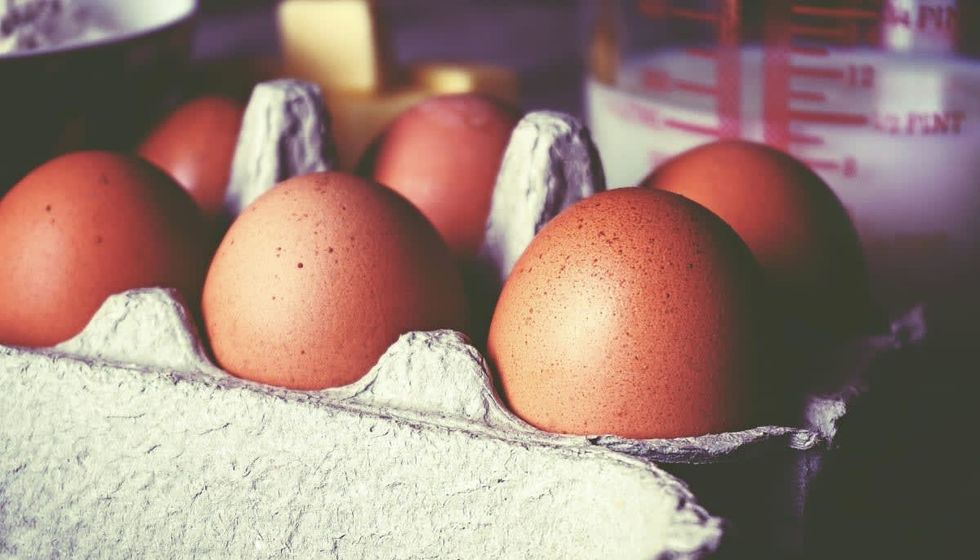
According to HISTORY, the Inquisition was a judicial procedure by the Catholic Church whose aim was to combat heresy, apostasy, blasphemy, witchcraft, and customs considered deviant. Weapons of violence, torture, and threats were utilized to provoke religious conformity. Punishments included death by burning, total banishment, and more likewise.
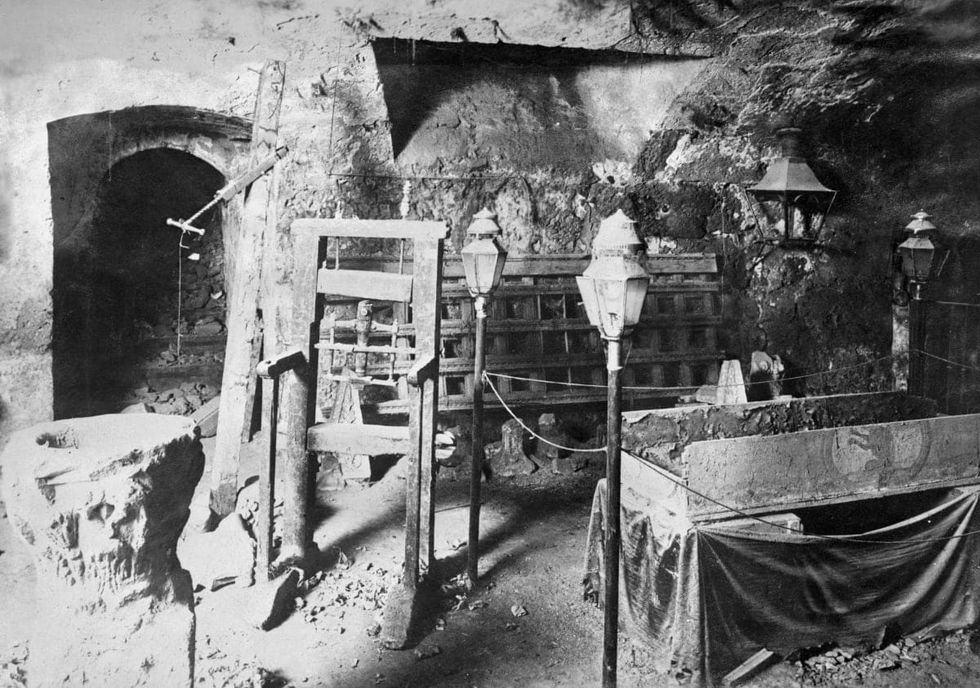
During this time, some of Della Porta’s friends were imprisoned by the Church, and he needed to find a way to deliver messages to them without being caught. He invented a technique to transmit messages through a medium that wouldn’t catch the attention of the prison gatekeepers. He wrote on the inside flesh of hardboiled eggs. So when the employees in charge would thrust food into their prisons, and the prisoners would pick up the eggs to eat, they’d find secret messages hidden inside their breakfast eggcups.
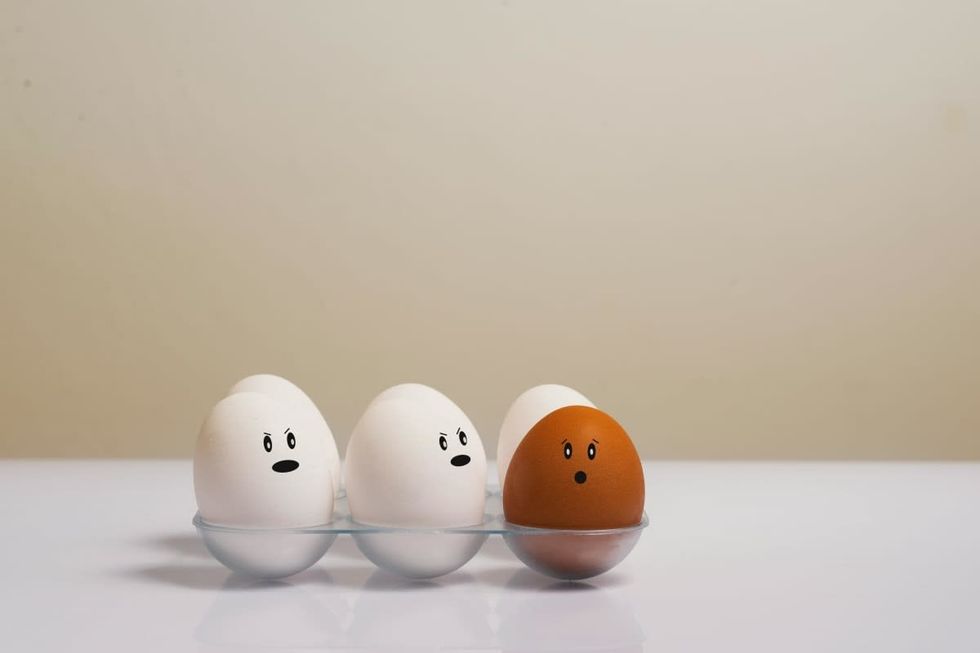
In one of his most popular books, “Magic Naturalis” or “Natural Magic,” Della Porta revealed the recipe for making this invisible ink. In chapter four of book sixteen, he wrote that he chose the medium of eggs because these items were not stopped at the gates by the Inquisition, “…eggs are not stopped by the Papal Inquisition and no fraud is suspected to be in them.”
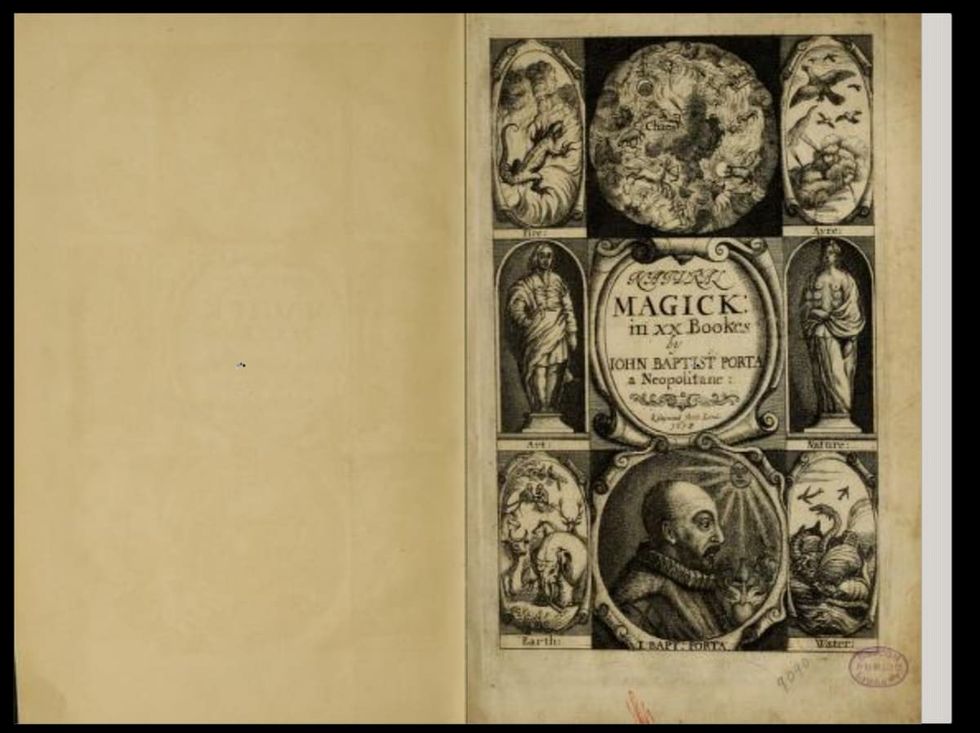
The detailed recipe that he wrote read:
“If you want to make yellow letters appear on an egg white (it will work better when the egg is cooked), boil an egg hard, roll it in wax, and engrave the letters on the wax with an iron point so that the marks go through. Place it into a solution of powdered alum and oak galls. Then put it into sharp vinegar and they will penetrate. And taking off the shell, you will see them on the white of the egg. Africanus instructs as follows: ‘grind oak galls and alum with vinegar, until they have the viscosity of ink. With it, inscribe whatever you want on the egg and once the writing has been dried by the sun, place the egg in sharp brine, and having dried it, cook it, peel, and you will find the inscription.’ I put it in vinegar and nothing happened, unless by ‘brine’, he meant sharp lye, what’s normally called capitellum. (sic)”
As reflected in this paragraph, Della Porta didn’t take credit for this recipe. Rather, he attributed the recipe to someone named Africanus. Over the years, historians have enquired and concluded that he was referring to Sextus Julius Africanus, a Libyan philosopher of the second and third century CE. There were, however, differences in the recipes of the two men. But since the initiation of modern times, Della Porta has been acclaimed for this egg-writing recipe.
Della Porta lived a privileged childhood. He dedicated his lifetime to devising eccentric recipes, acquiring musical brilliance, and working on technologies that no one could have expected during that time, as per Stanford Encyclopaedia of Philosophy.
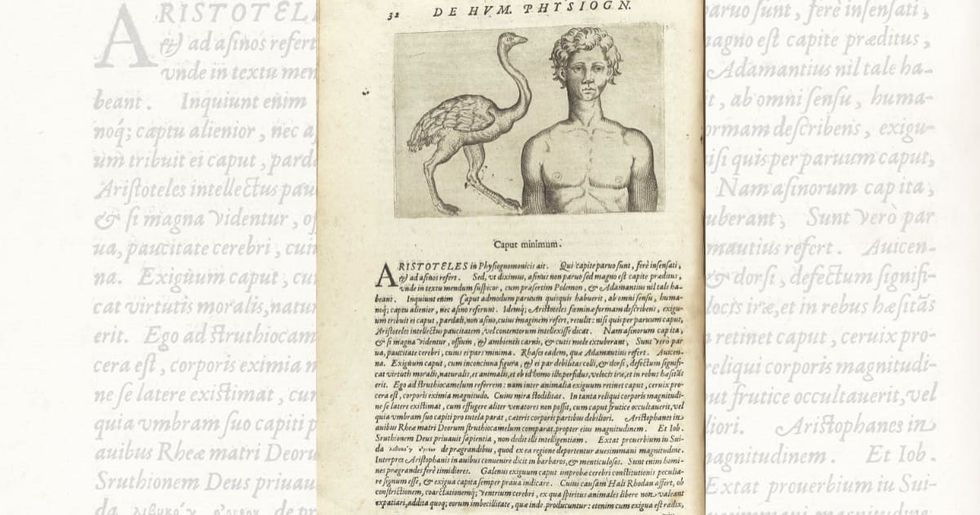
From incubators for hens’ eggs to an improved camera obscura, tinctures to remove spots from the skin, ways to roast animals alive, and drugs to incapacitate people, his portfolio includes works that seem like science fiction or a fantasy novel today.

















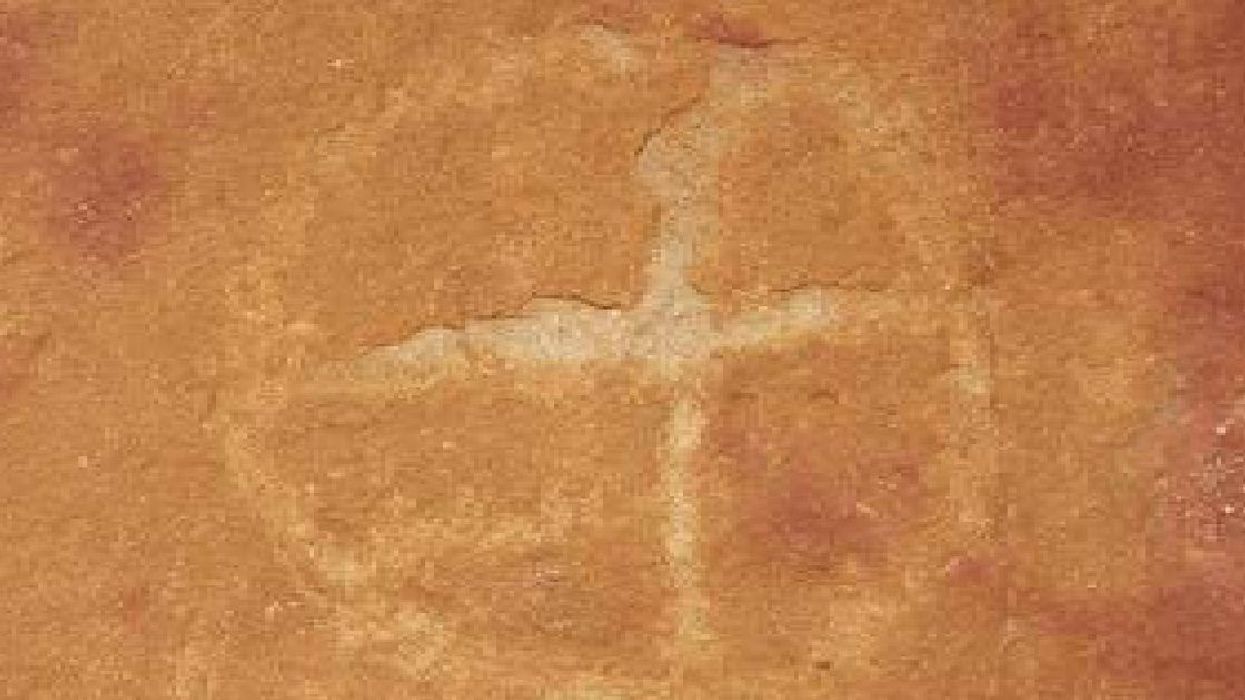
 Image frmo Scientific Reports of ancient artwork. Image Source:
Image frmo Scientific Reports of ancient artwork. Image Source:  Image frmo Scientific Reports of ancient artwork.Image Source:
Image frmo Scientific Reports of ancient artwork.Image Source:  Image frmo Scientific Reports of ancient artwork.Image Source:
Image frmo Scientific Reports of ancient artwork.Image Source: 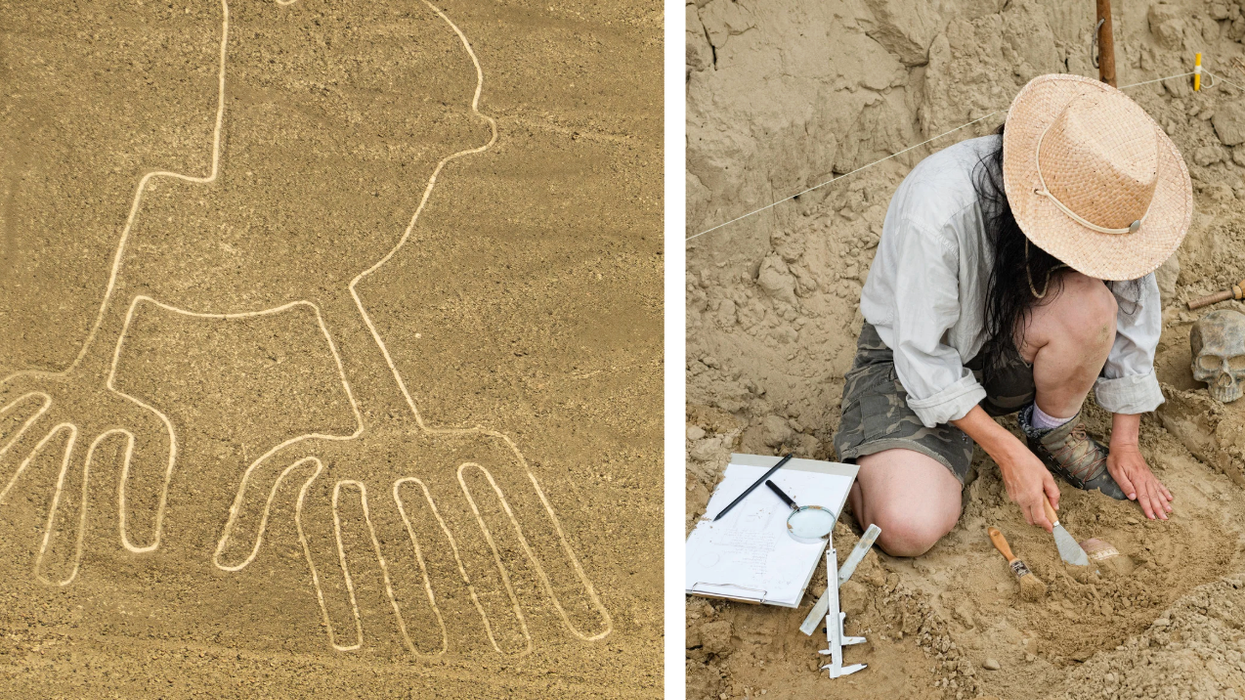

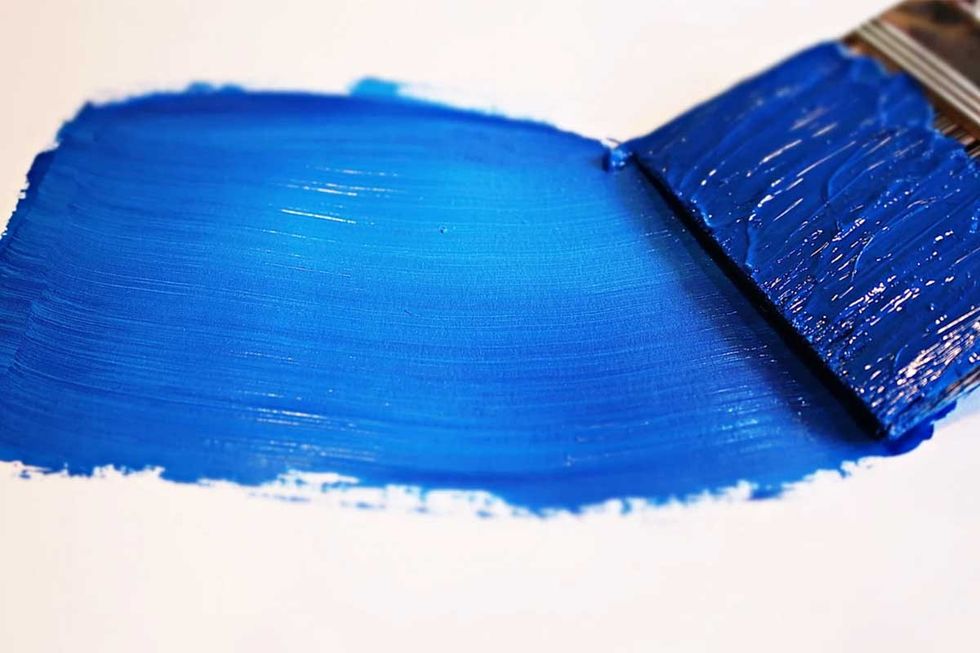 It's difficult to imagine seeing a color and not having the word for it. Canva
It's difficult to imagine seeing a color and not having the word for it. Canva
 Sergei Krikalev in space.
Sergei Krikalev in space. 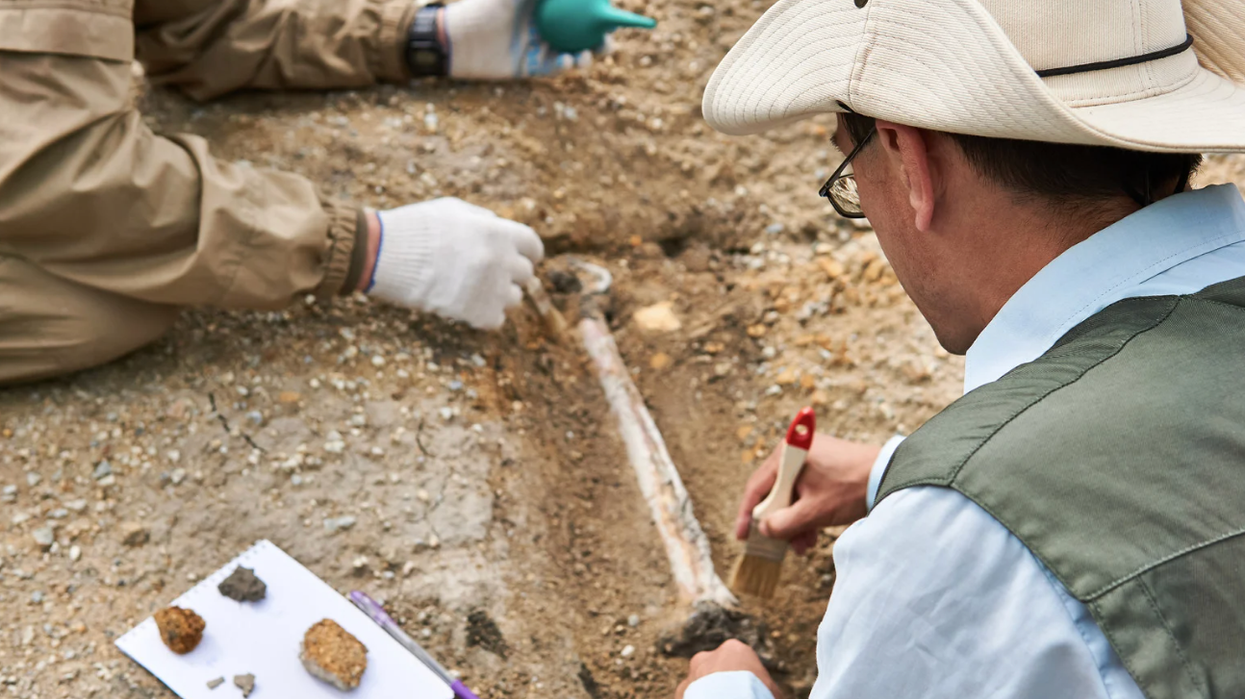


 The team also crafted their canoe using ancient methods and Stone Age-style tools. National Museum of Nature and Science, Tokyo
The team also crafted their canoe using ancient methods and Stone Age-style tools. National Museum of Nature and Science, Tokyo The cedar dugout canoe crafted by the scientist team. National Museum of Nature and Science, Tokyo
The cedar dugout canoe crafted by the scientist team. National Museum of Nature and Science, Tokyo